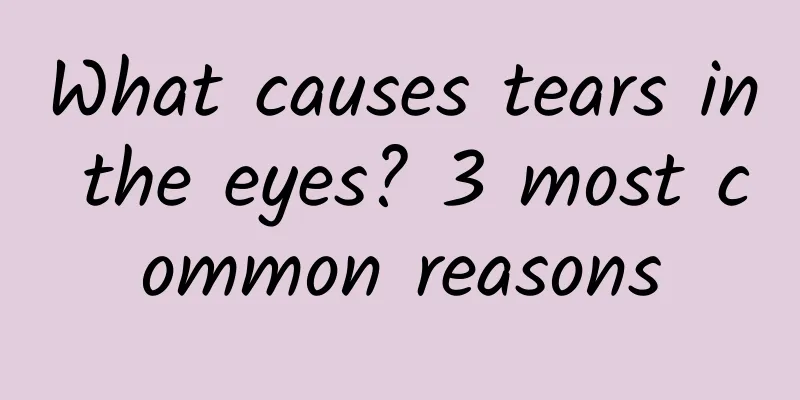Can I not lift heavy objects after lumbar disc surgery?

|
Patients with lumbar disc herniation need to stay in bed for a period of time after surgery. They cannot get out of bed and should sit in bed to rest. They should also be careful not to lift heavy objects. Even if they can get out of bed and walk normally after surgery and their activities have resumed, they should not lift heavy objects to increase the pressure on the lumbar spine. I have lumbar disc herniation and the doctor recommends surgery. Should I have the surgery? What should I do if it recurs after the surgery? Such worries are not unnecessary. Lumbar disc surgery does have a recurrence problem, and some scholars have pointed out that the recurrence rate is as high as about 5-15%. It generally refers to the reappearance of the original (or aggravated) symptoms and signs one year after surgery. If the imaging examination is in the same segment, it is considered a recurrence. The factors that cause recurrence are complex and include: 1. The nucleus pulposus is not removed cleanly. The traditional method is to remove 1/3 or 1/4 of the nucleus pulposus (about 3-5 grams). This requires the surgeon's rich operational experience and understanding to complete. 2. Patients with lumbar instability (dynamic X-ray) and intervertebral disc herniation before surgery. In the case of removal of only the nucleus pulposus, the nucleus pulposus may herniate again as the unstable vertebra moves. 3. Patients who have undergone lumbar disc herniation surgery are prone to degeneration of adjacent vertebrae and may develop disc herniation in adjacent segments. The patient is often linked to the first surgery, and in order to make a clear diagnosis, a lumbar spine MRI examination must be performed to confirm the diagnosis! Prevention methods: 1. Patients must consult a specialist. Experienced specialists can conduct a comprehensive and in-depth analysis of the condition and select personalized treatment plans. The recurrence rate is significantly lower when spine specialists perform the surgery than when non-specialists perform the surgery. 2. For patients with lumbar instability, the method of removing the protruding nucleus pulposus and performing posterior internal fixation and bone graft fusion can achieve a satisfactory therapeutic effect. |
<<: Can I eat abalone after a lumbar fracture?
>>: Bone hyperplasia Ligament injury Lumbar stenosis
Recommend
What are the western medicines for replenishing qi and blood?
It should be noted here that there is no such thi...
What to do if your lips are cracked and bleeding
After entering the autumn and winter seasons, eve...
What are the symptoms of baby's cervical spine injury?
Babies are young, and their bones are relatively ...
How to make boys' small eyes bigger
The love of beauty is not only the privilege of g...
The principle of male genital erection
When men are exposed to certain sexual stimulatio...
Can I drink milk tea when my aunt comes?
For women, they must strengthen their diet during...
What to do if you are constipated during pregnancy
When women are pregnant, there are many aspects t...
What is the normal color of urine?
Human urine is actually colored. Bad eating habit...
What are the benefits of foot soaking and how to choose a foot soaking basin?
In life, many people like to soak their feet at h...
Left lower abdominal pain all day
In our daily lives, we always suffer from some di...
The efficacy and function of rose hydrosol
Rose hydrosol is very good in terms of beauty and...
Why do my teeth always bite my cheeks?
Some people always bite their cheeks when eating....
What are the treatments for traumatic nosebleeds?
Traumatic nosebleed is caused by external reasons...
Effects of Chinese medicine Pueraria lobata
Pueraria lobata is a relatively common Chinese me...
Why is my pee red?
The color of urine is generally light yellow or w...









